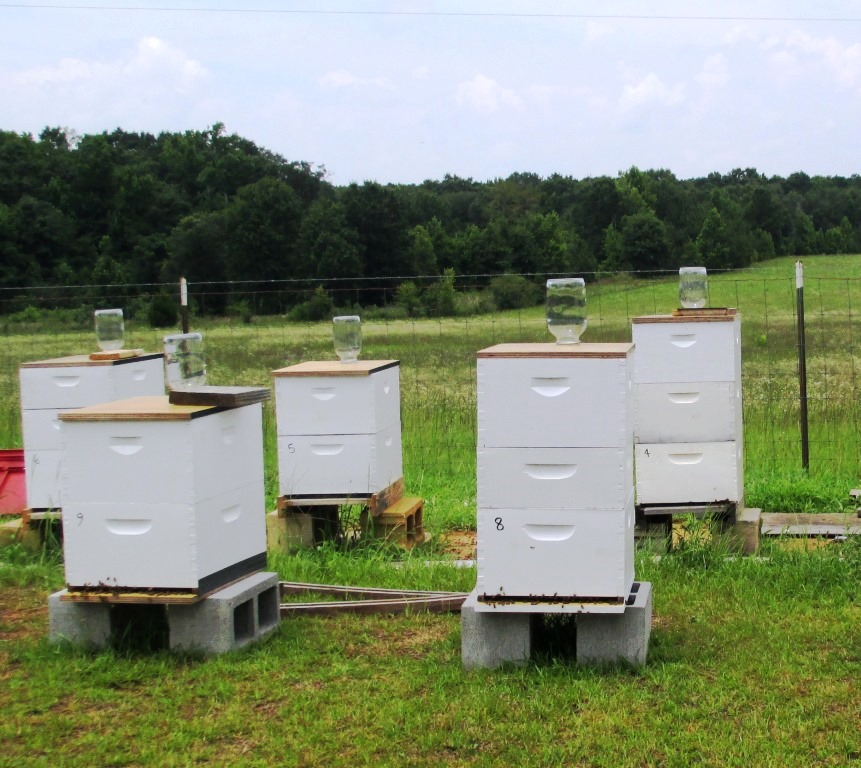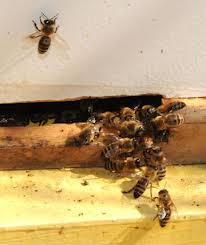by Matthew Orwat | Dec 6, 2013
On November 1-2, 2013, the NW District Agriculture and Family and Consumer Science (FCS) Agents Program Implementation Teams collaborated to offer classes during the annual Beekeeping Tradeshow held in Chipley, Florida. This third annual event was part of the Florida...

by Roy Carter | Nov 1, 2013
Normally a well-managed colony will require little supplemental feeding, but such feeding, when it is necessary, may determine the ultimate survival of the colony. Ensuring that bees always have an adequate food supply is a form of insurance, and it is generally a...

by Roy Carter | Jun 28, 2013
Honey bees laboriously gather their food (nectar and pollen) from flowers in bloom and store it in the hive for use when needed. When nectar sources are scarce or unavailable locally, bees are attracted by the honey stored in neighboring hives. Bees from strong...

by Doug Mayo | Apr 12, 2013
The University of Florida database of fact sheets called EDIS (Electronic Data Information Source) has many publications of interest to farmers and ranchers in Northwest Florida. http://edis.ifas.ufl.edu Each fact sheet has a PDF or printer friendly link in the top...
by Josh Thompson | Mar 22, 2013
The panhandle has experienced warmer weather during the past week, and as the air has warmed and the soil dried, a particular ground-dwelling insect has appeared. This insect is the ground or mining bee. There are several different genera of ground bees, but the...
by Roy Carter | Feb 22, 2013
Honey bee swarms are a normal sign of healthy honey bee colonies. Two types of reproduction occur with honey bees. First, there is individual (biological) reproduction from eggs laid by the queen. Second, there is colony level reproduction, or swarming. When a...



